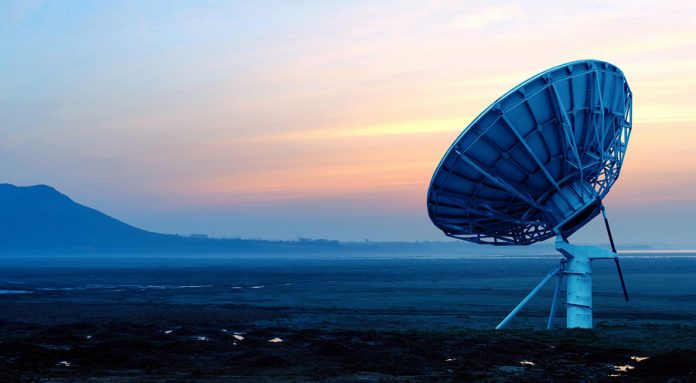Microsoft has published a yearly update to its Airband initiative, marking the half-way point of its six-year plan. The company said it “feel[s] good about the steady progress”, but noted that the issue of rural broadband was bigger than even it imagined.
Airband was formed in 2017 as an ambitious effort to bring internet to half a million underserved people in the United States. To do so, the company is making use of a variety of technologies, including TV white spaces. These frequencies have been assigned to television broadcast but are going unused, and can instead be used to provide broadband.
Microsoft’s goal is to provide three million users with broadband speeds by 2022, but its data suggests up to 157.3 million people in the US don’t use the internet at broadband speeds. Thankfully, that number has dropped by 6 million since last year, thanks in part to Airband. As planned Microsoft has now reached 25 states for a total of 633,000 people. The number of Airband users in 2019 was 24,000, so that’s a major improvement.
The year ahead is looking even more positive. Microsoft says a partnership with Watch Communications will bring connectivity to a further 860,000 people in Kentucky, Illinois, Indiana, and Ohio. A further 47,000 on and off Navajo lands in New Mexico will also get it thanks to Sacred Wind Communications.
Meanwhile, the cost of TV whitespace devices is falling dramatically – up to 50% in the past year alone. This should make it more affordable to those in poorer areas, while speeds have increased up by up to 10 times.
Essentially, the pace and scope of Airband is accelerating, but there are still plenty of challenges ahead. Though progress has been made at the FCC in regards to whitespace technology, red tape is still a slow-down. Encouragingly, though, the organization has committed $20 billion to aid rural broadband, while many states have announced their own initiatives. As big as it is, this isn’t a problem Microsoft can solve alone in good time, so similar schemes are vital in ensuring connection equality across the states.






